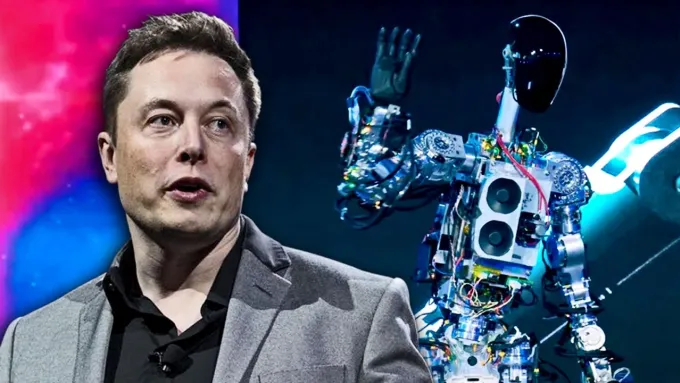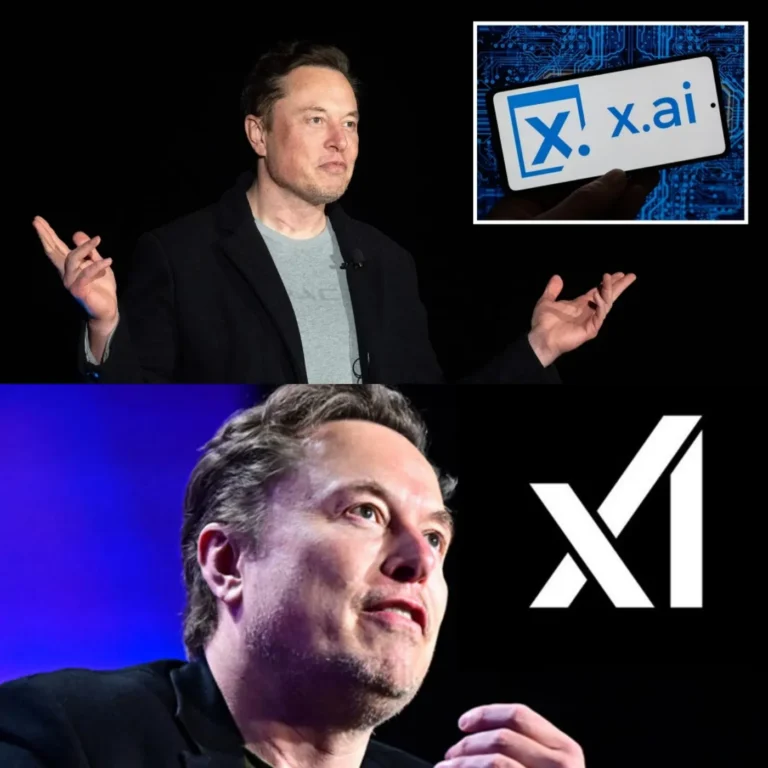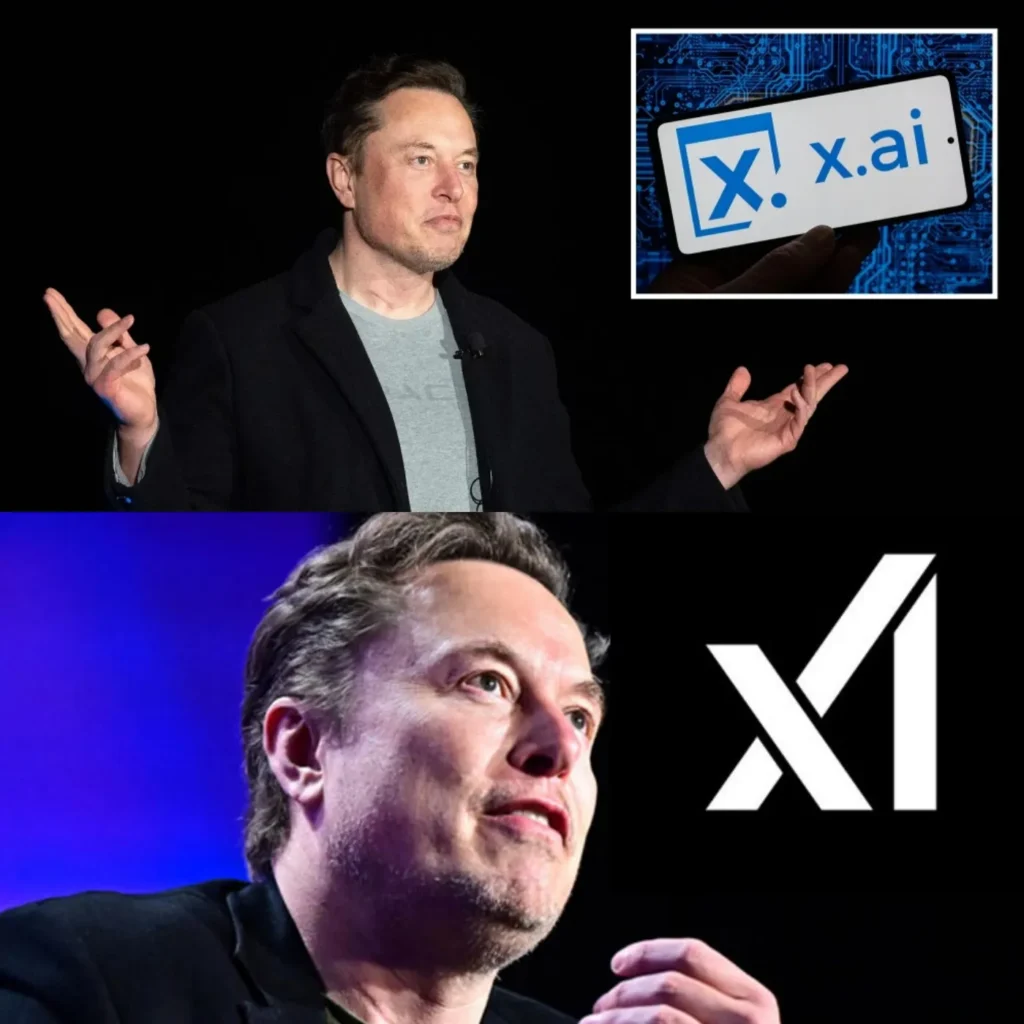
Elon Musk’s xAI has recently received approval from the Tennessee Valley Authority (TVA) to supply a massive 150 MW of electricity to power his giant AI data center, known as the Gigafactory of Compute. This decision is pivotal in supporting the supercomputer that is equipped with 100,000 Nvidia GPUs—a system designed to meet the ever-growing demands of artificial intelligence and machine learning.
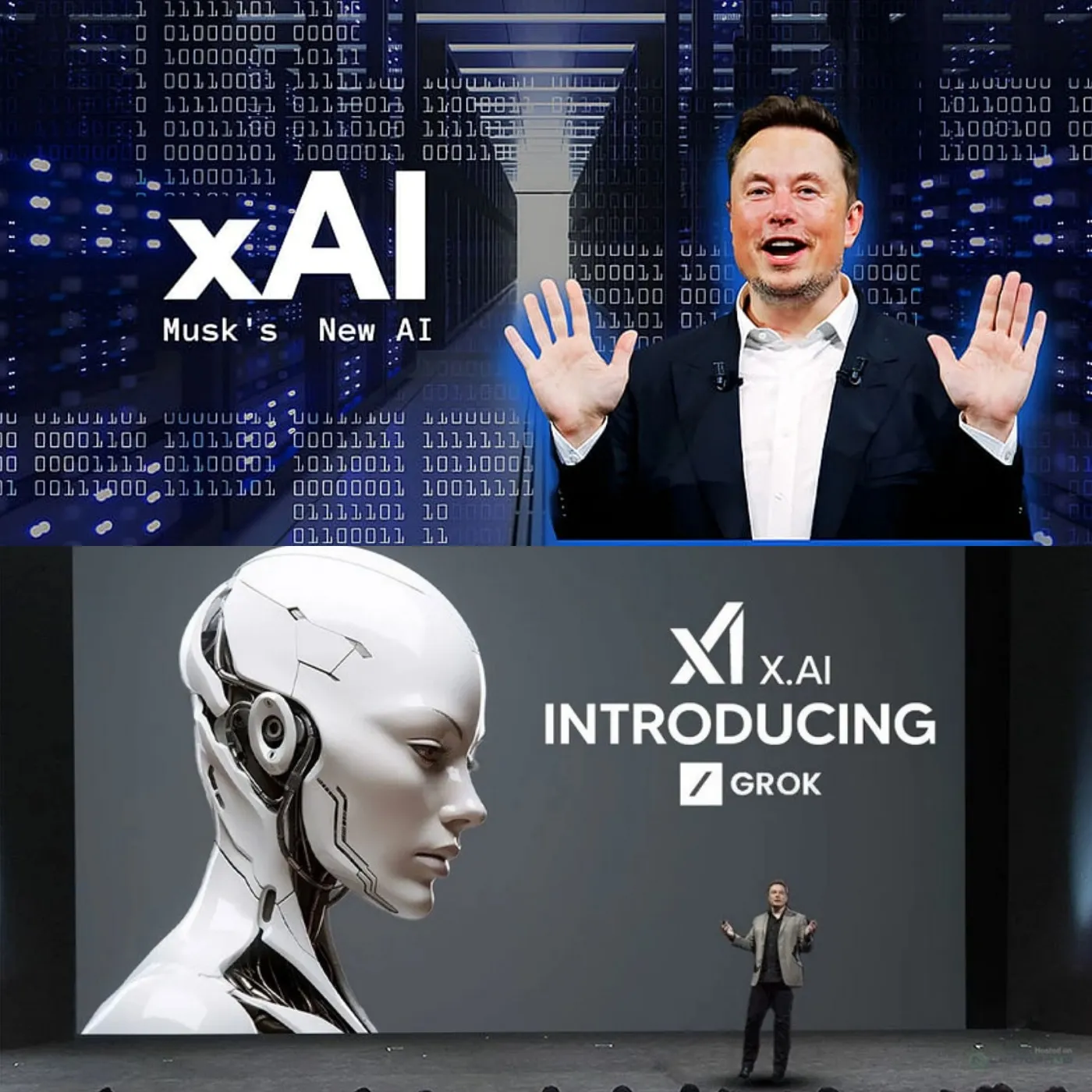
Initially, the data center started with only 8 MW from TVA, which was far from sufficient to run the full array of GPUs. As the demand for computational power continued to rise, the request for 150 MW marks a nearly 20-fold increase in energy needs. According to experts, Elon Musk needs around 155 MW to efficiently operate all 100,000 GPUs, meaning the newly approved 150 MW is close to being enough, but additional power might be necessary as the system continues to scale.
In a remarkable feat of speed and efficiency, Jensen Huang, CEO of Nvidia, expressed admiration for Musk’s xAI team after they built the supercomputer in just 19 days, a process that typically takes around 4 years. However, with such an ambitious energy demand, Musk had to rely on large mobile generators during the early stages. This was a temporary fix until MLGW, the local energy provider, upgraded their existing transformer to 50 MW—still not enough to fully support the supercomputer’s operations.
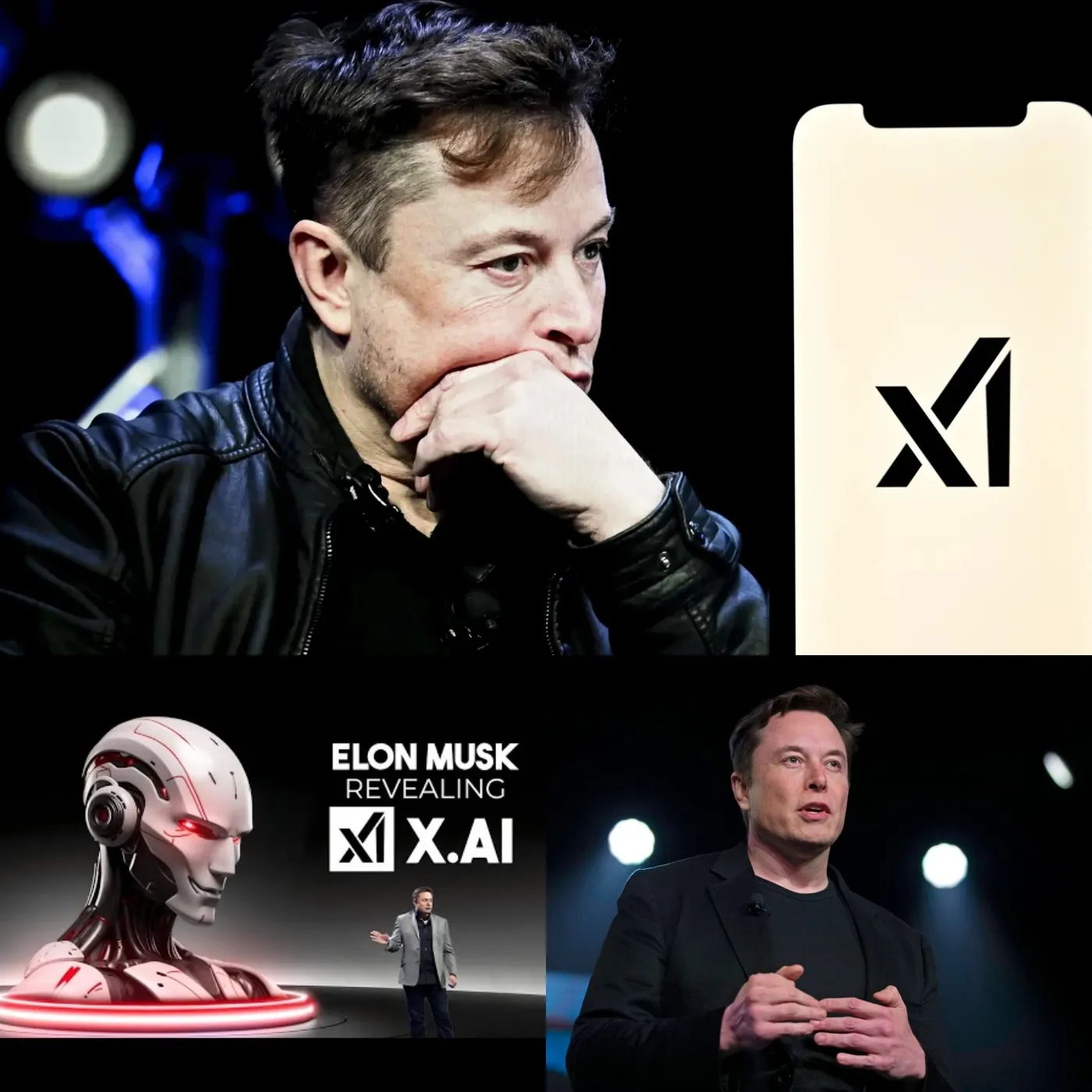
The growing energy demands of AI are raising concerns about the stability and pricing of electricity in Tennessee Valley. Local officials have voiced worries about the impact of industrial power consumption, especially when it comes to ensuring that household energy needs are prioritized. Experts argue that AI data centers will require even more energy in the future, possibly reaching gigawatt levels, a need that local power grids may not be equipped to handle without significant upgrades.
To prepare for the future, major companies such as Amazon, Google, and Microsoft are already investing heavily in nuclear energy research to meet the anticipated power demands of AI. However, these projects could take five years or longer to materialize, meaning that data centers will have to rely on existing infrastructure for the foreseeable future. This underscores the growing need for innovative energy solutions as the digital age continues to evolve.


